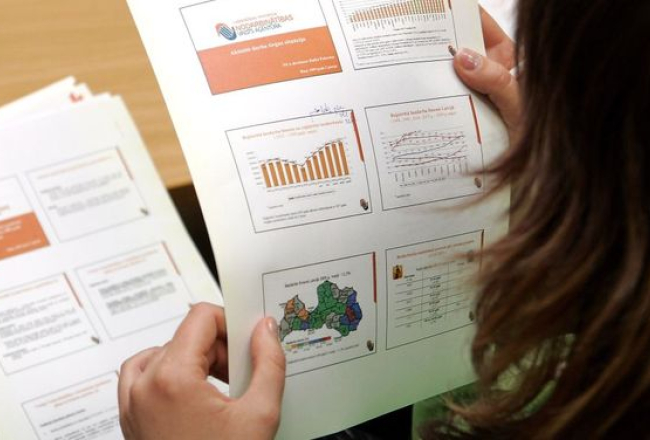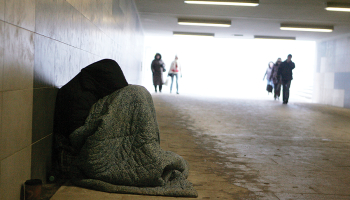
Kaspars Krafts, F64
One should not expect single digit unemployment figures again any time soon
It is well-known that Latvia had the deepest recession in the EU with a decline of GDP of 18% in 2009 and an accumulated decline of some 24%. Still, many foreign journalists that I have spoken to here seem surprised and sort of ask ?where is the recession?? It seems that some of them have looked at the GDP numbers and come to the conclusion that there must be bodies lying in the streets or something like that and it has made me think that a perhaps better way of looking at the past decade is to see the boom as a bigger anomaly than the recession.
This paper from the EU Commission provides some estimates of the degree of overheating that took place in Latvia and it is astonishing: In 2007 GDP was some 16% above what it would have been at full employment i.e. where unemployment is only due to structural mismatches (skills and/or geographical) but not the result of lack of demand in the economy. It is another way of saying that a lot of otherwise not easily employable people got employment which is fine in and by itself but also resulted in extreme excess demand for qualified work force, thus helping to create the wage explosion and the ensuing inflation problems.













